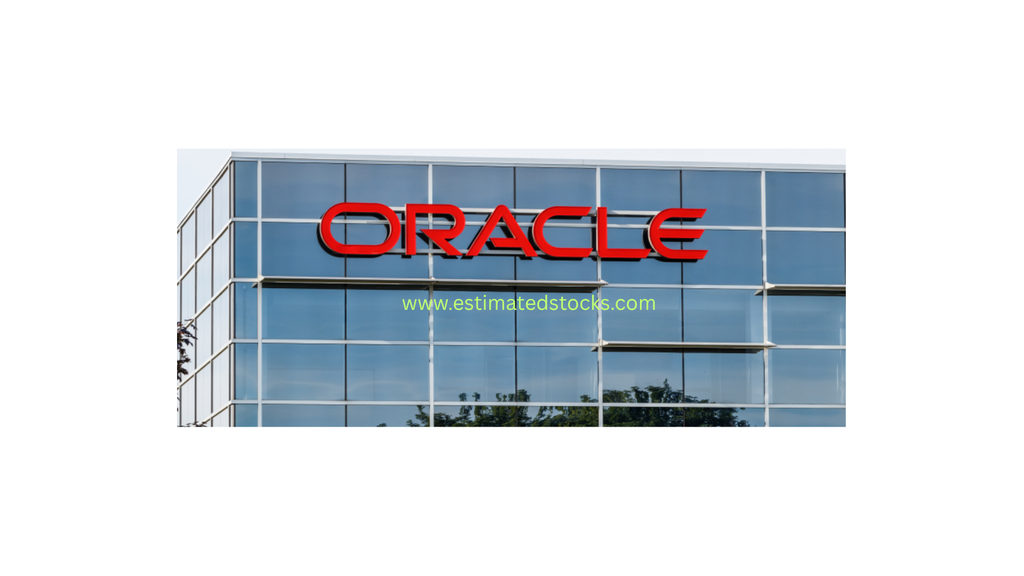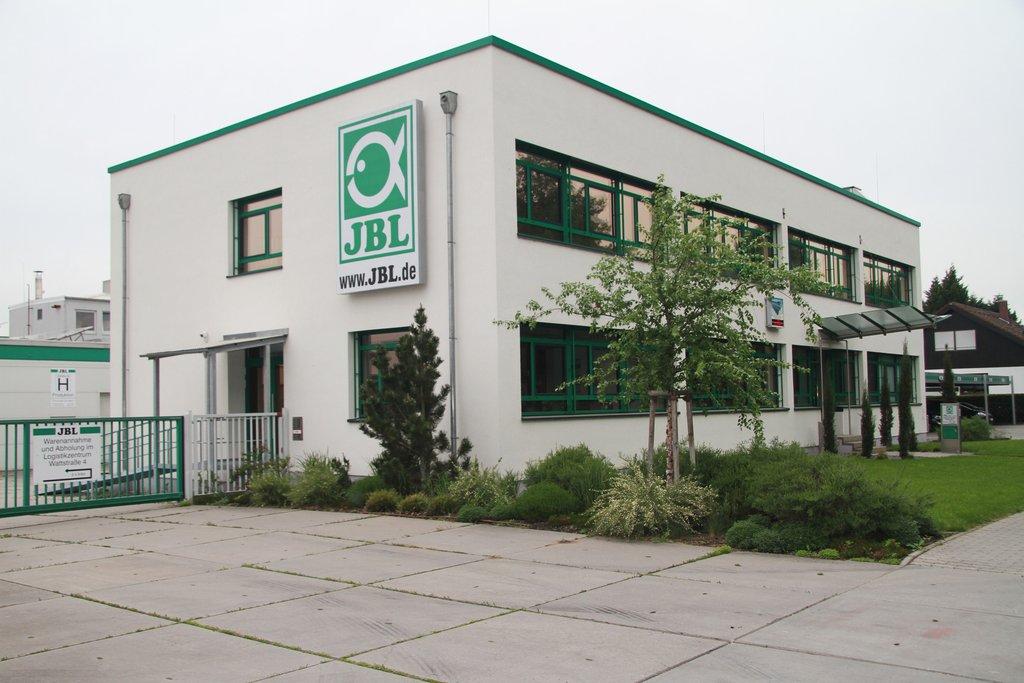
Oracle’s cloud surge in FY2025! 🚀 Deep dive, stockanalysis & insights on OCI, SaaS, ERP growth, and what’s next for $ORCL.
Featured Company Profile
ORCL
Oracle Corporation
$234.96
659.96 Billion
N/A
N/A
Software - Infrastructure
Technology
1️⃣ Executive Summary
Founded in 1977, Oracle Corporation has evolved from a pioneering on-premise database software provider into a global enterprise cloud giant. With fiscal year 2025 revenue hitting $57.4 billion (up 9% YoY), Oracle now thrives on a diversified portfolio: SaaS, PaaS, IaaS, and license support. The transition to cloud-first architecture—anchored by Oracle Cloud Infrastructure (OCI) and Fusion/NetSuite Cloud Applications—marks a critical pivot in its long-term strategy.
2️⃣ Origins and Evolution: A Quick History Lesson 🏛️
- 1977: Founded by Larry Ellison, Bob Miner, and Ed Oates.
- 1980s: Launched the first commercial SQL-based RDBMS.
- 1990s–2000s: Expanded to enterprise applications (ERP, CRM, SCM), middleware, and development tools.
- 2010s: Aggressive M&A (e.g., Sun Microsystems, PeopleSoft, Siebel, NetSuite).
- 2016–Present: Strategic pivot to cloud with Oracle Cloud Infrastructure (OCI Gen 2) and SaaS offerings.
Oracle’s evolution from a database company to a platform enterprise underscores its ability to reinvent itself—while leveraging legacy strengths.
3️⃣ Oracle’s Business Segments: Full Breakdown
Oracle operates across four primary business lines:
A. Cloud Services & License Support (~$44B, +14% YoY)
This is the cash cow segment, driving nearly 77% of total revenue.
📌 Components:
- Cloud services (OCI + SaaS applications): Infrastructure and platform services.
- Software license support: Recurring revenues from on-prem software maintenance.
📈 FY2025 Highlights:
- Oracle Cloud Infrastructure (OCI): +52% YoY growth—fueled by AI/ML, HPC, and data workloads.
- Cloud applications (Fusion ERP, NetSuite, HCM, SCM): +12% YoY—led by strong demand from mid-market and enterprise clients.
- Strong customer retention & pricing power sustained top-line growth.
B. Cloud License & On-Premise License (~$5.2B, -2% YoY)
This segment includes perpetual software license sales—still relevant for hybrid customers but gradually declining.
🔍 Details:
- Large deals from government and regulated industries (banking, healthcare).
- Focus shifting toward promoting cloud migration, thus cannibalizing new on-prem sales.
C. Hardware (~$3.4B, -5% YoY)
Legacy Sun Microsystems business. Though shrinking, it's essential for certain high-performance workloads.
💻 Key Points:
- Engineered systems (Exadata) for database performance optimization.
- Primarily serves large legacy enterprise customers.
D. Services (~$4.8B, +3% YoY)
Consulting, implementation, and education services for Oracle product ecosystem.
🔧 Highlights:
- Cloud transition projects dominate services revenue.
- Advisory work on AI/ML, ERP migration, and data analytics adds value.
4️⃣ Financial Overview: FY2025 Snapshot 💵
| Metric | FY 2025 / Q4 FY 2025 | YoY Growth |
|---|---|---|
| Total Revenue (FY) | $57.4 billion | +8% (USD), +9% (CC) |
| Q4 Total Revenue | $15.9 billion | +11% |
| Cloud Services & License Support (FY) | $44.0 billion | +12% |
| Cloud Services & License Support (Q4) | $11.7 billion | +14% |
| OCI (IaaS) Q4 Revenue | $3.0 billion | +52% |
| Cloud Applications (SaaS) Q4 | $3.7 billion | +12% |
| Fusion Cloud ERP (Q4) | $1.0 billion | +22% |
| NetSuite Cloud ERP (Q4) | $1.0 billion | +18% |
✅ Key Takeaways
- Total revenue for fiscal year 2025 reached $57.4 billion, reflecting 8% year-over-year growth in USD and 9% in constant currency.
- Q4 revenue came in at $15.9 billion, up 11% year-over-year, signaling strong momentum across Oracle’s cloud portfolio.
- Cloud Services & License Support, the backbone of Oracle’s recurring revenue, delivered $44.0 billion for the year (+12%) and $11.7 billion in Q4 (+14%).
- Oracle Cloud Infrastructure (OCI) saw remarkable Q4 growth of 52%, with $3.0 billion in revenue—driven by demand for AI and high-performance workloads.
- Cloud Applications (SaaS) posted $3.7 billion in Q4, up 12%, with Fusion Cloud ERP and NetSuite ERP each generating $1.0 billion, growing 22% and 18%, respectively.
Oracle’s financial performance in FY2025 highlights its transformation into a full-spectrum cloud powerhouse, with both infrastructure and application growth engines firing on all cylinders.
🏦 Profitability Metrics (Estimates):
- Operating margin: ~41%
- Net income margin: ~26%
- FCF (Free Cash Flow): ~$16B
- R&D Spend: ~$8B (14% of revenue)
5️⃣ Cloud Strategy Deep Dive ☁️
A. Oracle Cloud Infrastructure (OCI) – The Sleeping Giant Awakens
- Gen2 OCI prioritizes performance, security, and price-efficiency.
- Designed for AI, HPC, and mission-critical databases.
- Partners: NVIDIA, Cohere, Microsoft Azure Interconnect, Palantir.
- OCI's global data center footprint now spans 50+ regions.
B. SaaS Applications – Cloud ERP King?
- Fusion Cloud ERP dominates large enterprise.
- NetSuite powers SMB cloud ERP needs.
- Embedded AI/ML across modules adds differentiation.
C. Autonomous Database & GenAI
- Flagship offering: Oracle Autonomous Database—automated patching, tuning, and scaling.
- Generative AI capabilities embedded in applications (HCM, ERP) and infrastructure.
6️⃣ Competitive Landscape: Where Oracle Stands 🥊
| Company | Strengths | Weaknesses |
|---|---|---|
| Oracle | Strong ERP base, OCI growth, AI pivot | Perception as legacy, hybrid pain |
| AWS | IaaS leader, ecosystem | Weak SaaS/ERP presence |
| Microsoft | Azure growth, Office/D365 synergy | Less focus on core ERP |
| SAP | Strong ERP, weak cloud infrastructure | Struggling with RISE transition |
| Salesforce | CRM leader, cloud native | Lacks IaaS/PaaS depth |
Oracle is playing to its strengths in verticalized cloud (e.g., healthcare, finance, defense) and ERP core—which differentiates it from AWS and Azure.
7️⃣ Leadership & Vision 🔭
- Larry Ellison (CTO & Chairman): Strategic thinker, focuses on cloud, AI, and database automation.
- Safra Catz (CEO): Operationally focused, strong cost discipline, and shareholder-oriented.
- Focus on vertical cloud, AI workloads, cloud sovereignty, and regulated industries.
8️⃣ M&A Strategy: Build + Buy 📦
Oracle has a long-standing tradition of M&A:
- NetSuite (2016): $9.3B, expanded mid-market ERP.
- Cerner (2022): $28B, healthcare data and EHR leader.
- Recent deals: AI startups, data security firms—enhancing Oracle’s GenAI and cloud ecosystem.
9️⃣ Challenges Ahead 🚧
- Cloud migration friction: Especially from entrenched on-prem customers.
- Competitive pricing pressure: OCI undercuts AWS—but margin risks persist.
- Brand perception: Still seen as “legacy” by some developers.
- Execution in AI race: Requires sustained investment and partnerships.
🔟 Final Take: Oracle’s Business DNA 🧬
Oracle has three enduring moats:
- Data-centric architecture (dominates high-value workloads).
- Enterprise ERP lock-in (especially financials).
- Vertical cloud capabilities (defense, healthcare, banking).
The FY2025 data shows that Oracle’s cloud flywheel is finally turning at full speed—with OCI surging +52%, Fusion ERP thriving, and license support offering cash-flow stability. The road to full cloud transformation is long, but Oracle has the map—and the war chest.
Investment Outlook: Is Oracle a Buy? 📈
✅ Bull Case:
- Strong FCF generation and margin profile
- Cloud business compounding double digits
- Underappreciated AI positioning
- Valuation still at a discount vs. peers (P/E < Microsoft, Salesforce)
❌ Bear Case:
- Growth slower than cloud-native peers
- Execution risk in vertical strategy
- Rising capex for OCI build-out
Conclusion: Legacy No More 🏁
Oracle has done the unthinkable—reinvented itself again. From mainframes to the cloud, it now thrives at the intersection of AI, ERP, and cloud infrastructure. While it may not win the flashiest innovation award, its reliable profitability, deep enterprise roots, and newfound cloud momentum make it a compelling long-term player.
As Larry Ellison might say: “The cloud is just getting started—and so is Oracle.” 😎
Independent Analysis & No Investment Advice EstimatedStocks AB is an independent financial research platform. This publication is ...


